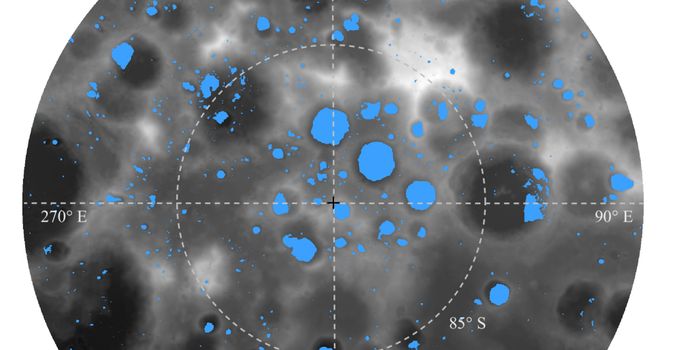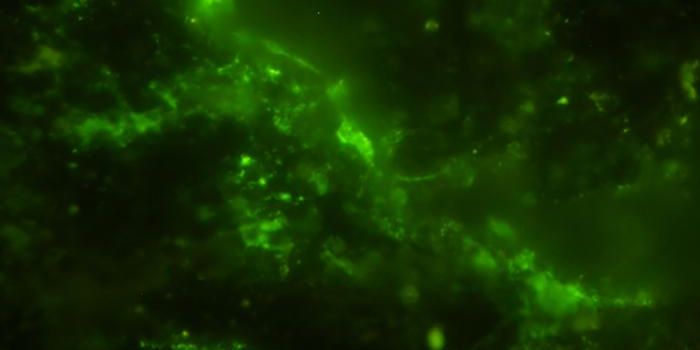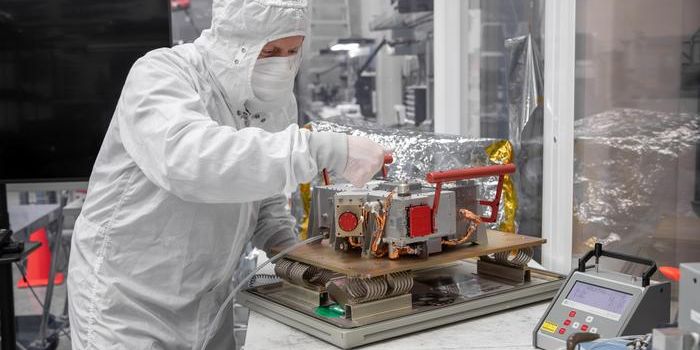Here's How the ESA's CHEOPS Mission Works
Exoplanetary detections have exploded exponentially since the first discovery of one by Swedish astronomers in 1995. The first specimen, a distant world called 51 Pegasi b (or Dimidium), laid the groundwork for what astronomers call hot Jupiter-like exoplanets. These worlds are massive and gassy like Jupiter, and in many cases, this class of exoplanet orbits its host star so closely that it absorbs tons of heat in the process.
But not all exoplanets are Jupiter-like. A smaller subset of them are terrestrial and Earth-like, and as you might come to expect, these types of exoplanets are more difficult to discern, much less study, because they’re both tiny and distant. That’s where the European Space Agency’s CHaracterizing ExOPlanets Satellite (CHEOPS) mission comes into play.
CHEOPS doesn’t search for new exoplanets, but rather attempts to make more detailed observations of known Earth-like exoplanets, called ‘super-Earths.’ Exoplanets of this variety are rocky like Earth but can vary in size between that of Earth and that of Neptune (hence the ‘super’ part of the name).
CHEOPS takes advantage of a heliosynchronous orbit around Earth, which means that it rides the polarizing line between dawn and dusk around our planet. During some parts of its orbit, the spacecraft maintains a line of sight with the Sun, permitting its solar panels to absorb power. In the other parts of its orbit, it peers deep into space, taking full advantage of the lack of obfuscating sunlight.
The CHEOPS spacecraft attempts to observe exoplanets in a rather unconventional way, snapping blurry images instead of sharp ones. This helps astronomers measure the light a star puts off, so they can determine fluctuations that result as the exoplanet orbits its star. CHEOPS can also measure what’s called a phase curve, which can help astronomers discern an exoplanet’s chemical composition by the amount of light it reflects.
Given the rising interest in finding other potentially habitable worlds like Earth, CHEOPS just might be one of the most effective ways to accomplish this task. It should be interesting to see what it finds.








